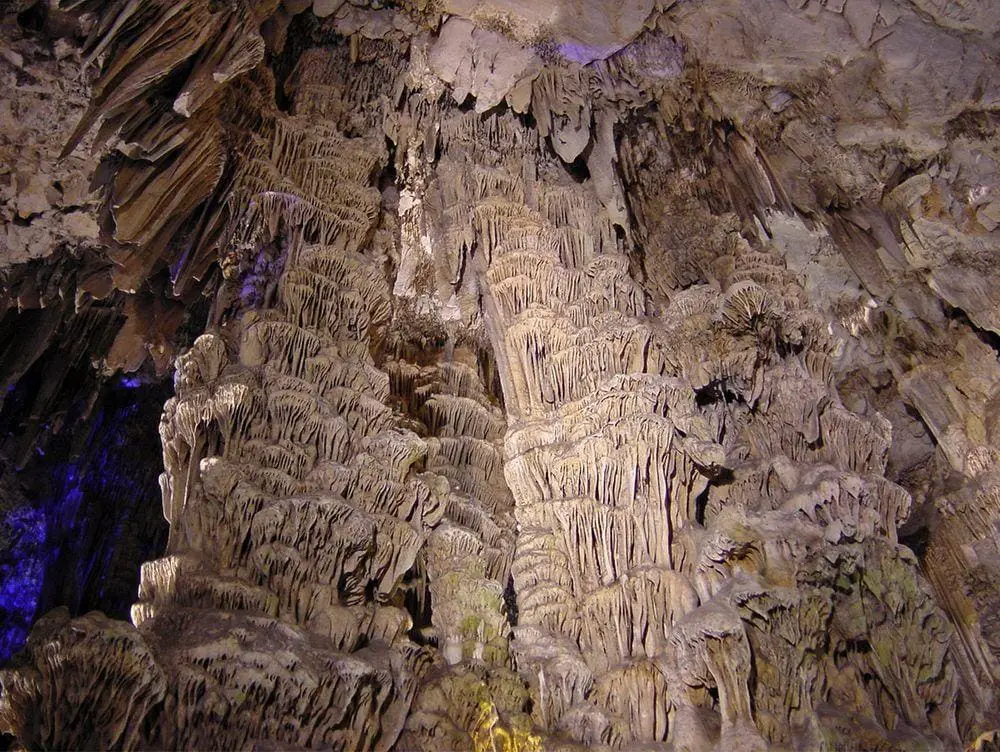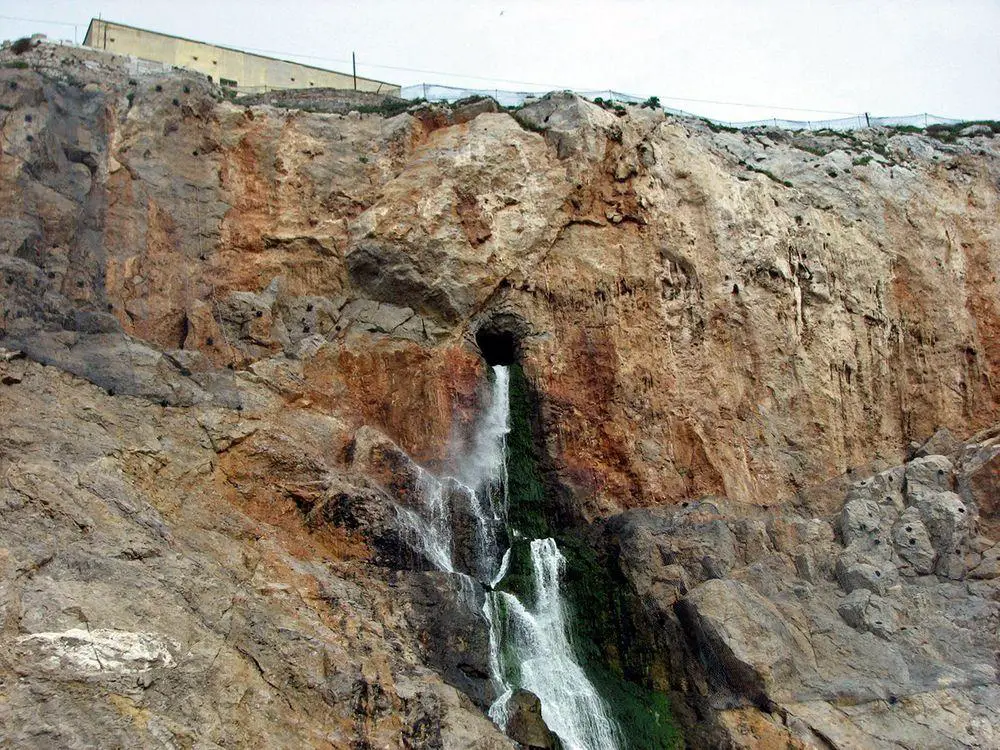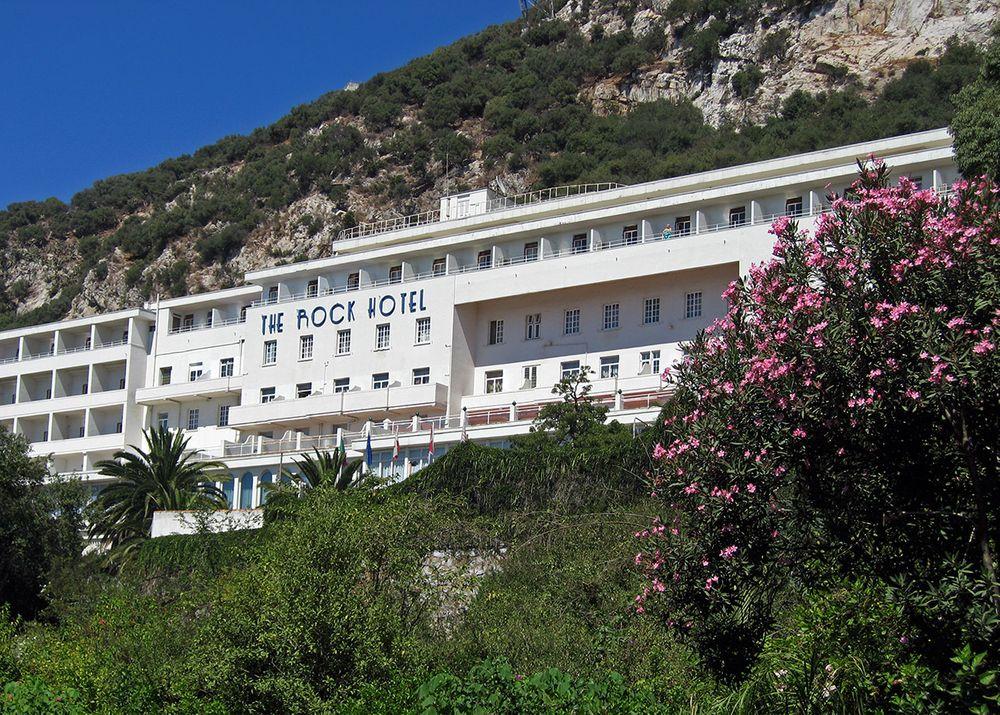Wondermondo 🢖 World 🢖 Wonders of Europe 🢖 Wonders of Gibraltar
Territory
Wonders of Gibraltar
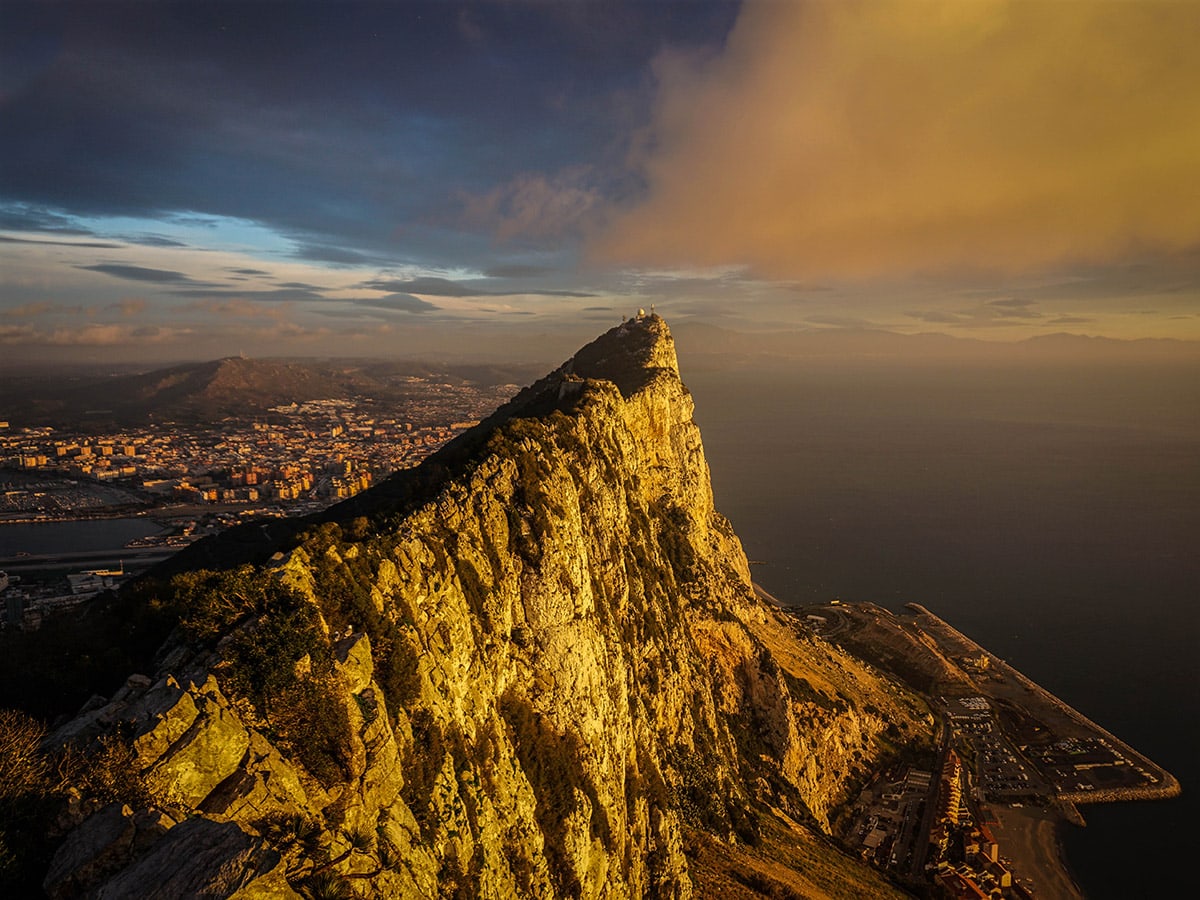
 Highlights
Highlights
Gibraltar is a British overseas territory.
This peninsula is very interesting! Many know that Brits over the centuries have turned this cliff into a fortress but few realize that the total length of underground passages here is 55 kilometers! This means – the small peninsula is crisscrossed with subterranean passages, many of them – secret.
But 24 thousand years ago this was the last refuge of the "other" humans – Neanderthals. They lived here and even created works of art.
Map with the described wonders
If you see this after your page is loaded completely, leafletJS files are missing.
 Top 21 wonders of Gibraltar
Top 21 wonders of Gibraltar
Geological wonders
Rock of Gibraltar
A tall cliff, with nearly vertical sides rising up to 411.5 m tall. Rock contains more than 100 caves and is crisscrossed by artificial tunnels.
St. Michael’s Cave
Impressive limestone caves some 300 m above sea level. This is the most visited of some 150 caves in Gibraltar. In the cave has been found a prehistoric painting of an ibex. The cave is rich with stalactites, stalagmites, and other cave formations. The cave contains an auditorium with more than 100 seats. One part of the cave – Leonora’s Cave contains a bottomless pit that may be the reason for the legend that St.Michael’s Cave is connected with Africa under the Gibraltar Strait. Popular tourist cave.
New St. Michael’s Cave
Beautiful limestone cave that is rich with stalactites and other cave formations. It contains a 37 m long lake with crystal clear water.
George’s Bottom Cave
Limestone cave that is very rich with beautiful cave formations including straws, helictites, curtains, and cave coral.
Pete’s Paradise Cave
Beautiful cave with rimstone pools (one of three sites in Gibraltar). This cave has been inhabited in prehistoric times and contained also a burial.
Biological wonders
Gorham’s Cave
One of four caves in Gorham’s Cave complex. Cave has formed in Jurassic limestone and has an 18 m thick layer of sediments that contain very important finds including the latest find of Neanderthals who lived here 60 – 24 thousand years ago when the sea was far away from the cave and the area was rich with resources. This is the last known settlement of Neanderthals in the world. The time of their habitation includes an incision of eight lines, made at least 39,000 years ago, most likely made by Neanderthals – the oldest known abstract drawing in the world. 23 thousand years ago here started to live modern humans, who left some paintings on the walls of the cave. Phoenicians and Carthaginians used this cave as their shrine, leaving offerings there.
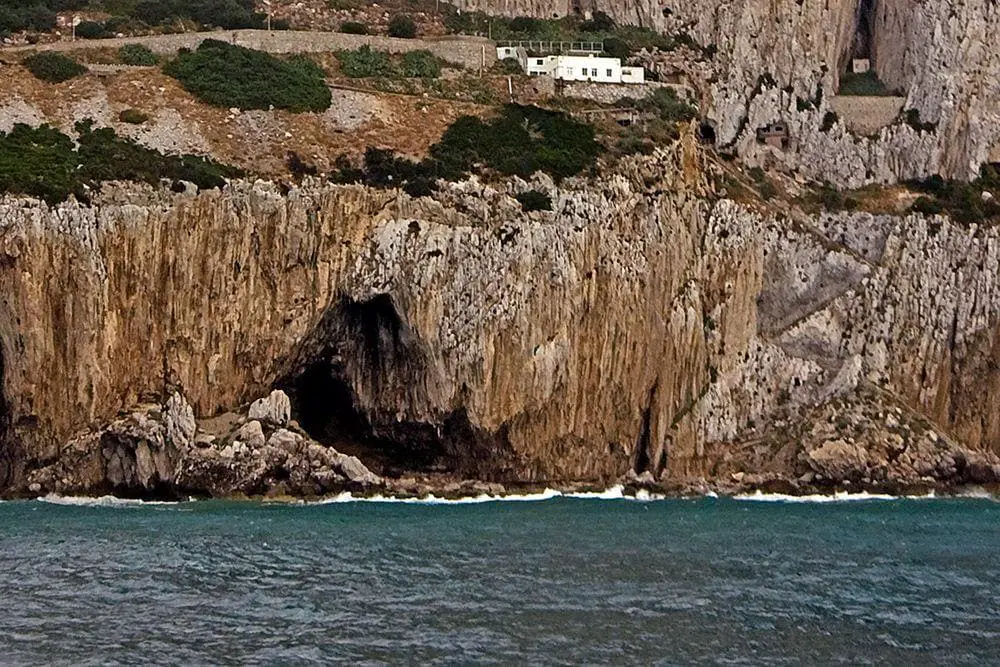
Vanguard Cave
One of four caves in Gorham’s Cave complex. Cave has formed in Jurassic limestone and has a 17 m thick layer of sediments that contain very important finds, including the latest find of Neanderthals who lived here 55 – 28 thousand years ago. Neanderthals here used fire and ate seafood including seals and dolphins.
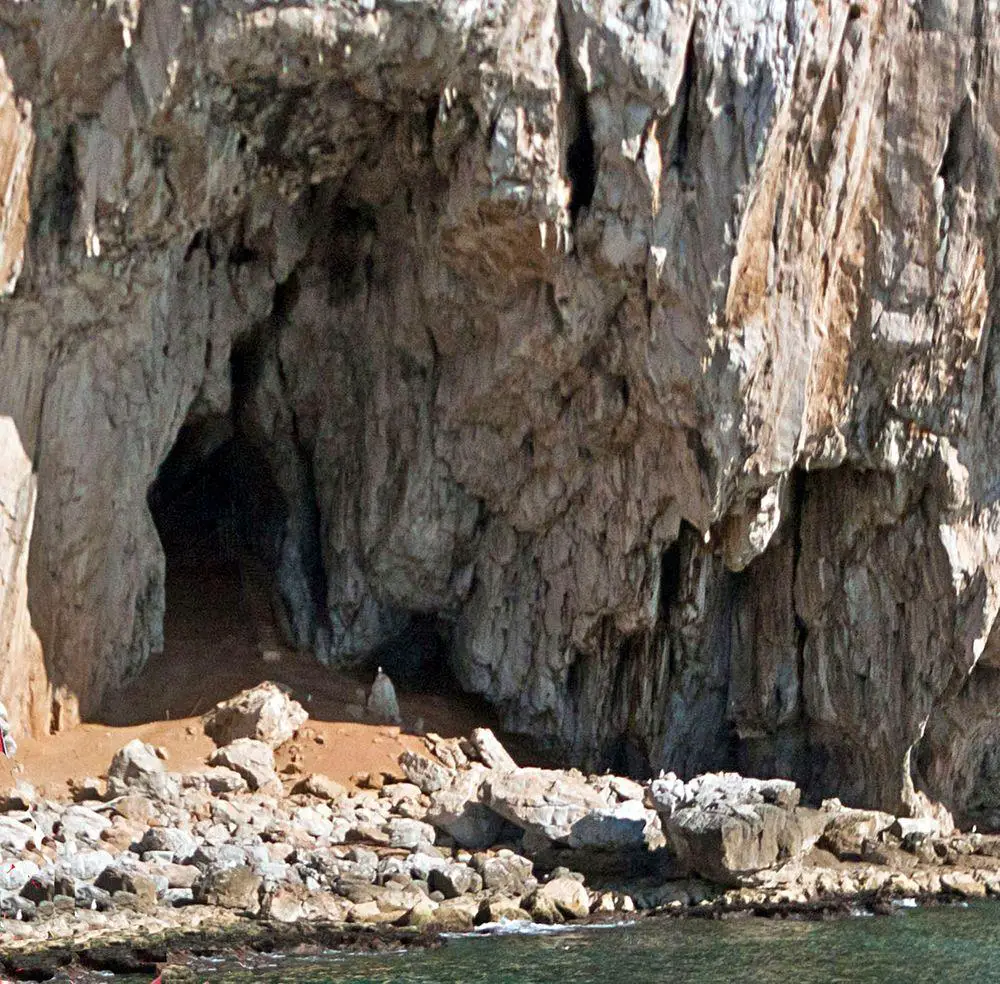
Upper Rock
The upper side of the Rock of Gibraltar. Site of high scenic beauty and high biological diversity. This is the only place in Europe where in nature live wild primates – Barbary macaques.

Hyaena Cave
One of four caves in Gorham’s Cave complex. Cave has formed in Jurassic limestone and has a thick layer of sediments that has recorded important information about the natural history of this area 55 – 15 thousand years ago.
Ibex Cave
Small cave – a hunting station of Neanderthals some 40 thousand years ago. From here they went hunting for ibexes.
Bennett’s Cave
One of four caves in Gorham’s Cave complex. Cave has formed in Jurassic limestone and has a thick layer of sediments that has recorded important information about the natural history of this area 55 – 15 thousand years ago. Here lived also Neanderthals.
Boathoist Cave
One of Gibraltar’s caves where Neanderthals lived. This sea cave was prepared as a secret escape route during the 2nd World War when it was accessible through a tunnel and could be left with a boat.
Devil’s Tower Cave
Narrow fissure, up to 10 m high and approximately 1 m wide. Cave has served as a settlement of Neanderthals, here in the 1920ies was found a skull of some 4 years old Neanderthal child.
Forbe’s Quarry Cave
A cave where the second known Neanderthal skull was found in 1848, eight years before Neanderthals were officially described by Germans. Now the cave is almost destroyed.
Archaeological wonders
Bray’s Cave
A cave that contains Bronze Age burials, some in rimstone basins formed by geological processes in the cave. As new burials were needed, the bones of previous deceased ones were removed.
Architecture wonders
Tunnels of Gibraltar
System of 55 km long tunnels crisscrossing the Rock of Gibraltar. Most were built in the 20th century for defensive purposes and could accommodate up to 16,000 soldiers and their equipment. The oldest passages were built in the late 18th century. The system includes also Stay Behind Cave – a very secret site where six men would stay if Gibraltar would be captured by the Nazi army. Construction ended in 1968.
Moorish Castle
An extensive system of medieval fortifications with two outstanding structures – the Tower of Homage and the Gate House. This is the only castle in Europe built by the Marinid dynasty – Berbers from Morocco. Construction started sometime around 711 AD. The Tower of Homage is the tallest fortification tower of Islamic castles in the Iberian peninsula. From this castle started the conquest of Western European lands by Muslims.
The Convent in Gibraltar
The official residence of the Governor of Gibraltar since 1728. The building was constructed in 1531 as a Franciscan friary. Rebuilt in the 18th and 19th centuries. Site of legends, also about the “Lady in Grey”.
Rock Hotel
Historical hotel building in Art Deco style, built in 1932. From the hotel, one can overlook Gibraltar Straits. Guests have been looking at military actions from the hotel rooms.
Charles V Wall
Defensive curtain wall, built in 1540. Wall runs up to the crest of the Rock of Gibraltar. The main part is some 280 m long.
Gibraltar Museum
Museum of nature and history in Gibraltar. Part of the museum is located in Moorish Baths, built in the 14th century.
 Recommended books
Recommended books
Gibraltar: The History of a Fortress
Since ships first set sail in the Mediterranean, The Rock has been the gate of Fortress Europe. In ancient times, it was known as one of the Pillars of Hercules, and a glance at its formidable mass suggests that it may well have been created by the gods. Sought after by every nation with territorial ambitions in Europe, Asia, and Africa, Gibraltar was possessed by the Arabs, the Spanish, and ultimately the British, who captured it in the early 1700s and held onto it in a siege of more than three years late in the eighteenth century.
Gibraltar Travel Guide: Sightseeing, Hotel, Restaurant & Shopping Highlights
The Rock of Gibraltar is a beautiful outcrop close to Spain’s Costa del Sol. For more than two centuries it has been a possession of the United Kingdom. Gibraltar’s interesting caves and labyrinthine tunnels fascinate its visitors.

